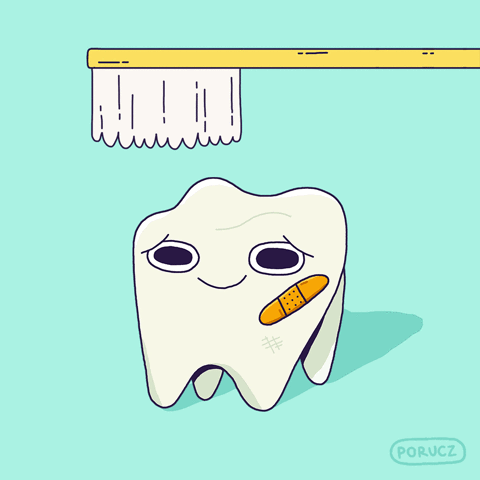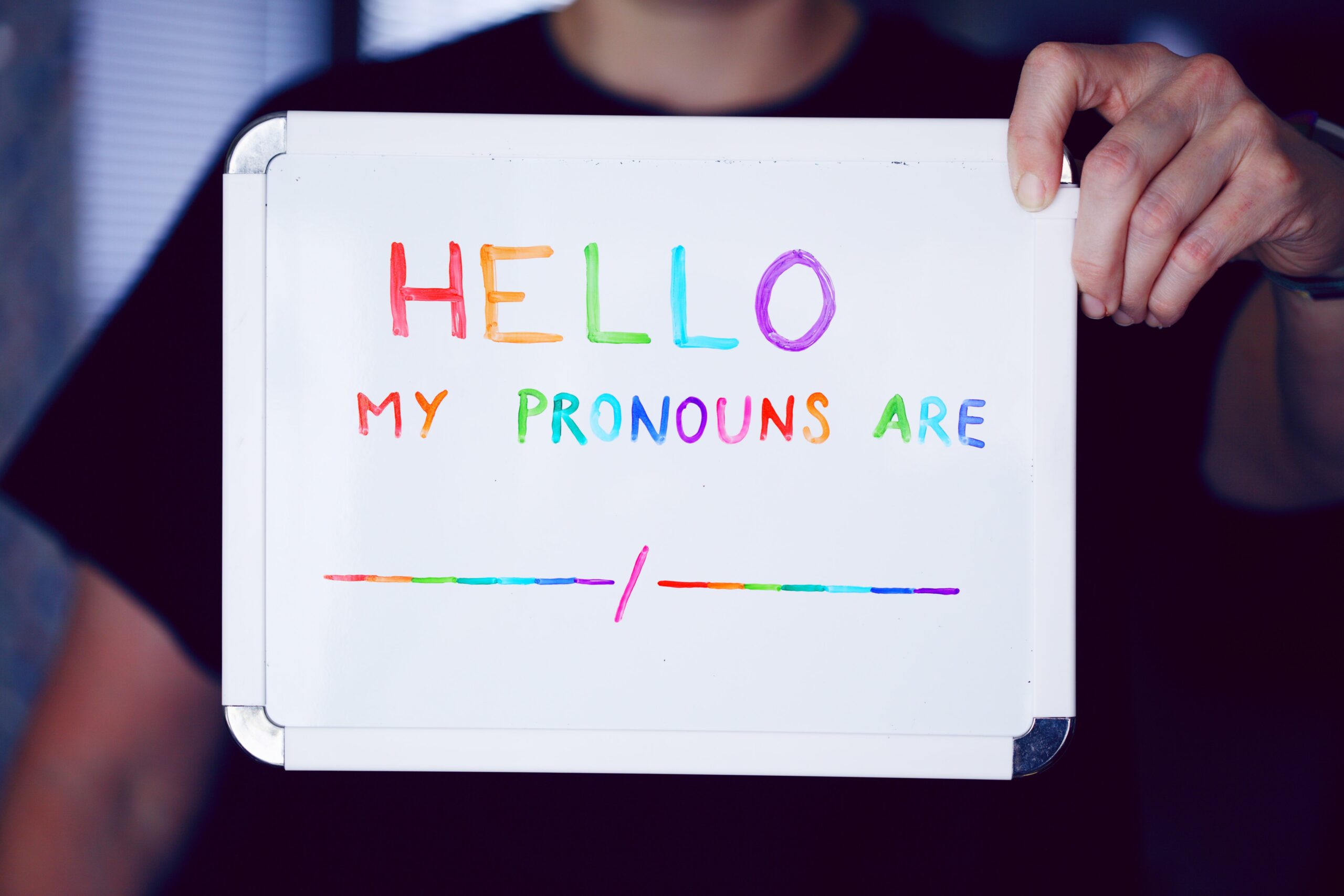You have been lied to your entire life. How many times have you been confronted with something arduous and terrible—like taxes, a blind date, or Thanksgiving Day with extended family—and someone jokes that it’s “as painful as a root canal?”
Beloved American author Joseph Heller once said, “I’ve come to look upon death the same way I look upon root-canal work. Everyone else seems to get through it all right, so it couldn’t be too difficult for me.” Society clearly screams at us: Root canals hurt!
Well, I just had my first root canal in 2020, the year of our antichrists: climate change, coronavirus, and at least one of the presidential candidates (depending on who you voted for).
Afterwards, I was in no pain, but my internal sea of bubbling rage is roiling from discovering yet another one of society’s lies. I donned my dense cotton mask, left my beautiful home (read as: futon bed), and debunked society’s lies about root canals so you don’t have to.
1. Does a Root Canal Hurt?

Animation of tooth decay reaching the nerve.
Long ago, before the glorious numbness of anesthesia was available, root canals were agonizing. After all, the purpose of a root canal is to save your tooth by cleaning out the root of the tooth extending into your gums. Imagine having that done without anesthesia…
So it’s no wonder that people used to avoid root canals like the plague. But once the dentist or endodontist (i.e. inner tooth doctor) applies local or topical anesthetic to your gums (or, if you’re lucky, you get to inhale nitrous oxide, also known as laughing gas), you’re probably more pain free than you’ve felt in years (sans the pain of existential crisis and that constant anxiety that you’re living in a simulation and no one except you is real).
After all, if you’ve found yourself in need of a root canal, then some of those nerves in the inner “pulp” of the tooth probably have inflammation or infection, or they’re dangerously exposed and therefore prone to becoming infected, so you’ve probably been in pain before finally getting treatment. Or, perhaps you’re like me and one day you bit into a delicious gummy worm only to find yourself chewing on a chunk of your own tooth, which broke off due to a fracture along your old cavity filling.
Either way, the endodontist will take away your pain. A root canal hurts about as much as getting a cavity filled.
Afterwards, my tooth didn’t even swell or require I go home with a mouth full of bloody cotton balls like an adorable, gory chipmunk. It was anti-climactic, really.
2. How Long Does a Root Canal Take?

Animation of a friendly tooth wearing a bandaid being brushed.
To be clear, a root canal is still technically a “major procedure” and requires a doctor you trust and attentive aftercare. I had a full root canal procedure on a molar, which took about 45 minutes.
On average, a root canal takes between 30 and 60 minutes, depending on the position of the tooth and the extent of the infection or damage being treated. At maximum, it’s possible for a root canal to take up to 90 minutes. Some people prefer to split a root canal procedure into two sessions, again depending on the extent of the problem and your level of dental anxiety.
Most people will tell you that the worst part about a root canal is simply having to keep your mouth open this long. But you get to signal the doctor for breaks, and you stop about midway through to take X-rays to check the temporary fillings of your tooth’s inner cavities. You’re probably given a small guard to keep your mouth open (and some of us with TMJ issues may experience popping and clicking throughout the procedure), but other than some jaw soreness, you feel no pain.
Afterwards, even after the numbness subsides, most people feel mild discomfort. Personally, I took exactly one ibuprofen and ate half a rotisserie chicken after my procedure (though you should not eat hard, chewy, or sticky candy until after you’ve seen your dentist to receive a crown over the tooth).
3. How Much Does a Root Canal Cost?

Animation of a worried tooth with a decayed head.
Perhaps one of the reasons root canals are considered “major procedures” is because—other than having a trained doctor cut into your body’s soft tissues—it’s very expensive. With a dental insurance plan paying for an average 50% of the costs, a root canal will cost you between $800 and $1,500 (possibly much more, depending on if your dentist is one of those fancy TV doctors or some guy in the back of a strip mall).
Remember that root canal therapy is a series of steps: the consultation, X-rays, anesthesia, removing the infection, and dental crown.
It really depends on the position of the tooth (yes, molars are most expensive), the extent of the damage, your insurance plan, what kind of crown you want to buy (want basic metal? Zirconia? Gold?), and how much your endodontist believes in capitalism.
Root Canal Treatment Step by Stepyoutu.be
The bottom line? Brush your teeth twice a day, floss, and if you suspect you have a cavity, endure the cost and inconvenience of going to the dentist, because needing a root canal is a demoralizing drain on your savings and your tolerance for having strangers stick their fingers in your mouth (unless you’re into that type of thing, in which case, I don’t judge).
Frankly, it’s worth taking the time to let a root canal save you from a full tooth extraction, which has a higher rate of complications and, in some cases, can be much more expensive.
As for having a dental procedure during COVID, most doctors’ offices are taking supreme precautions. The facility I went to clearly disinfected each pen and tablet after intake forms were submitted, separated the waiting room into isolated sections with plastic dividers, and used all equipment with protective coverings that were either disinfected or replaced after each patient.
Each doctor wore at least one face mask and a face shield in addition to protective gowns over their scrubs and gloves—as do most medical professionals who are working to keep people healthy amidst a global health crisis.
And considering those circumstances of 2020, getting my first (painless) root canal wasn’t so bad.











